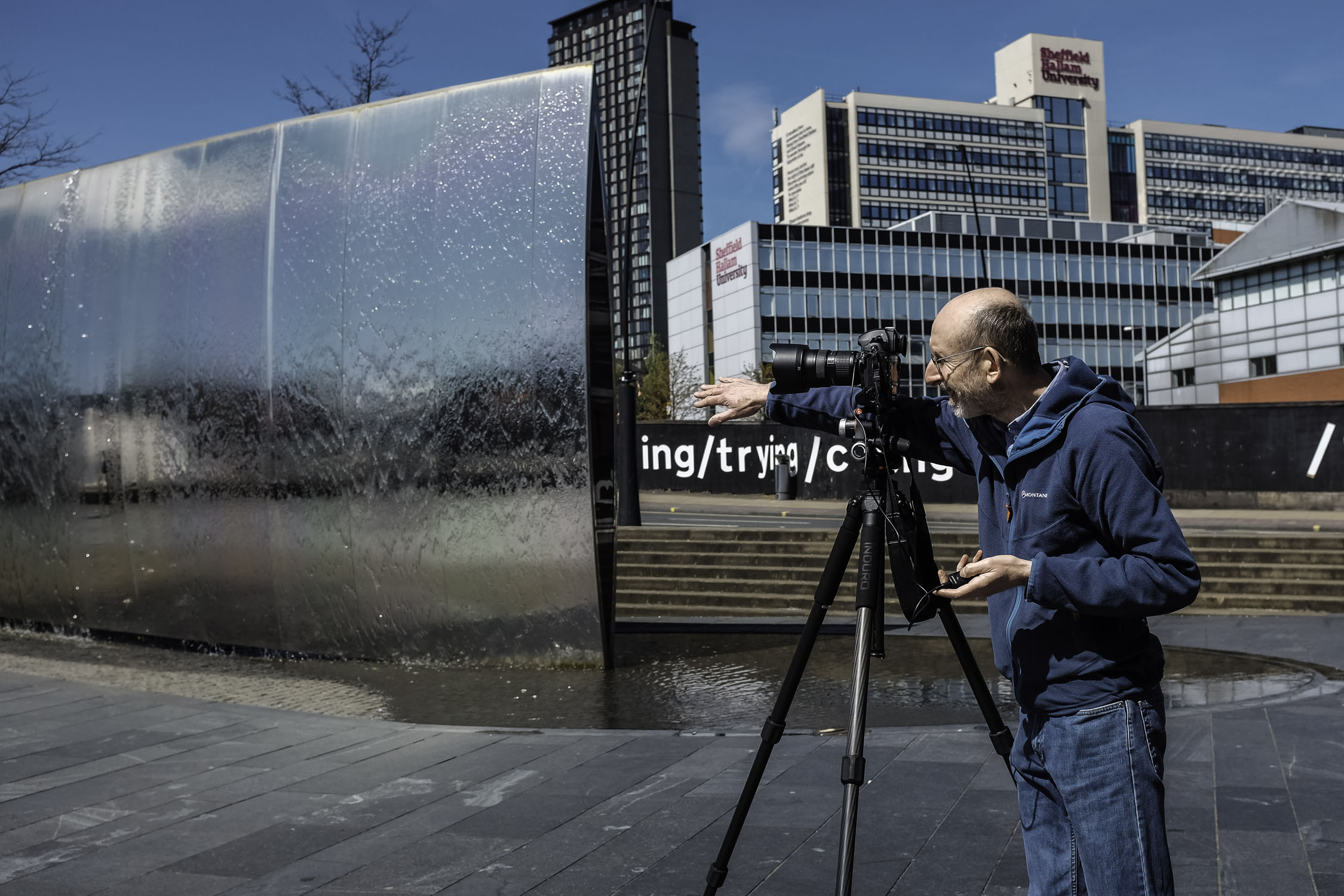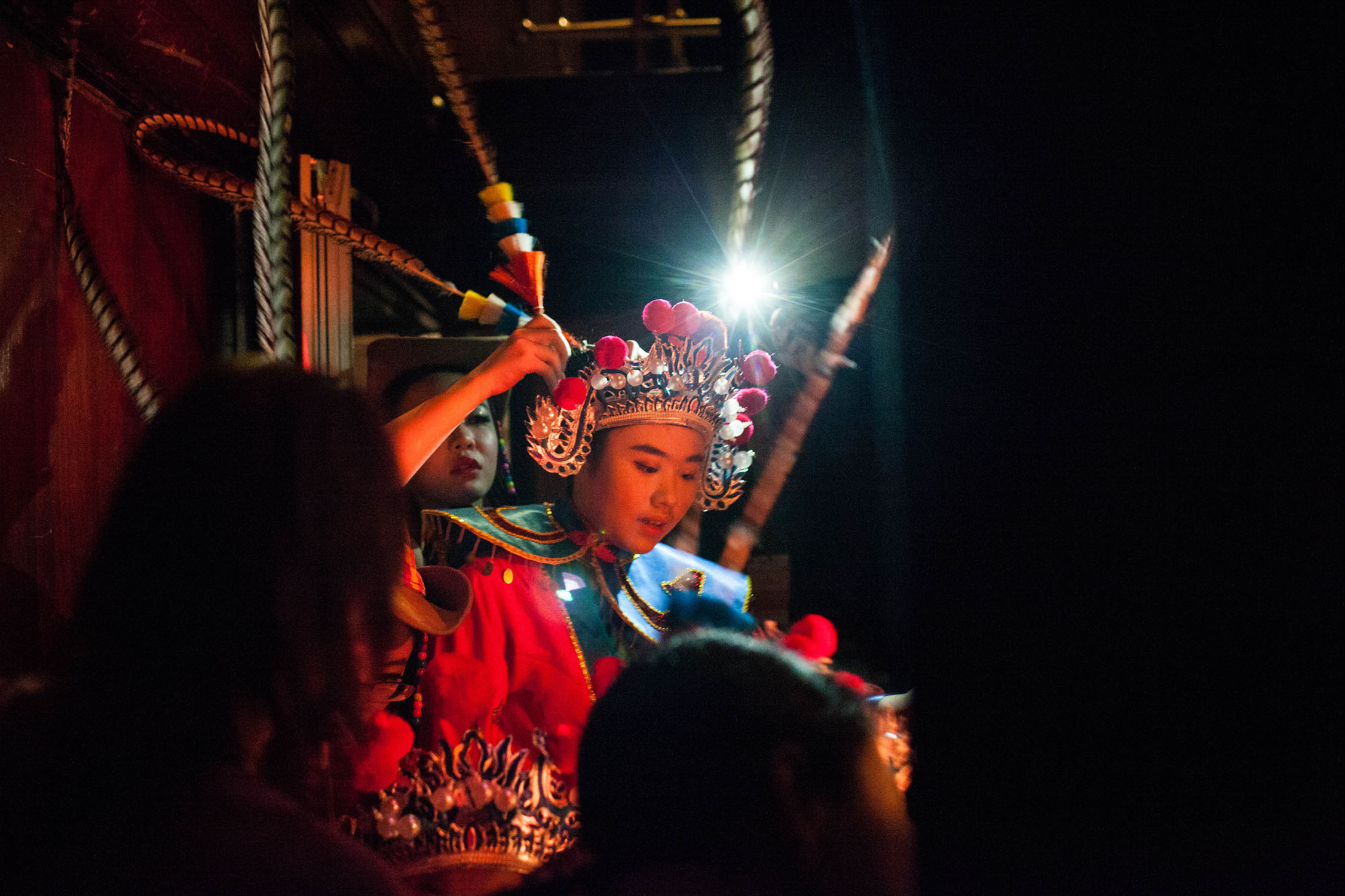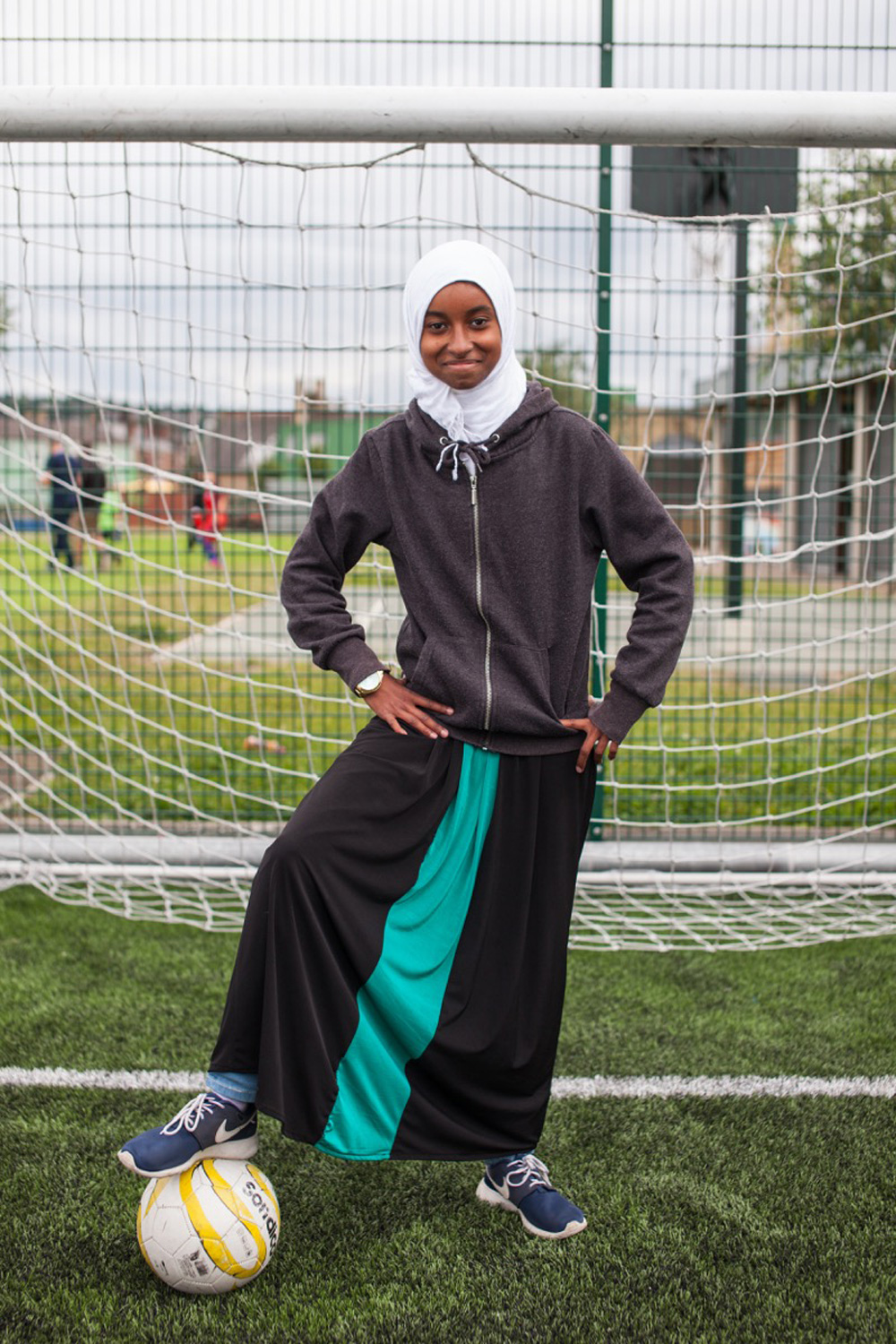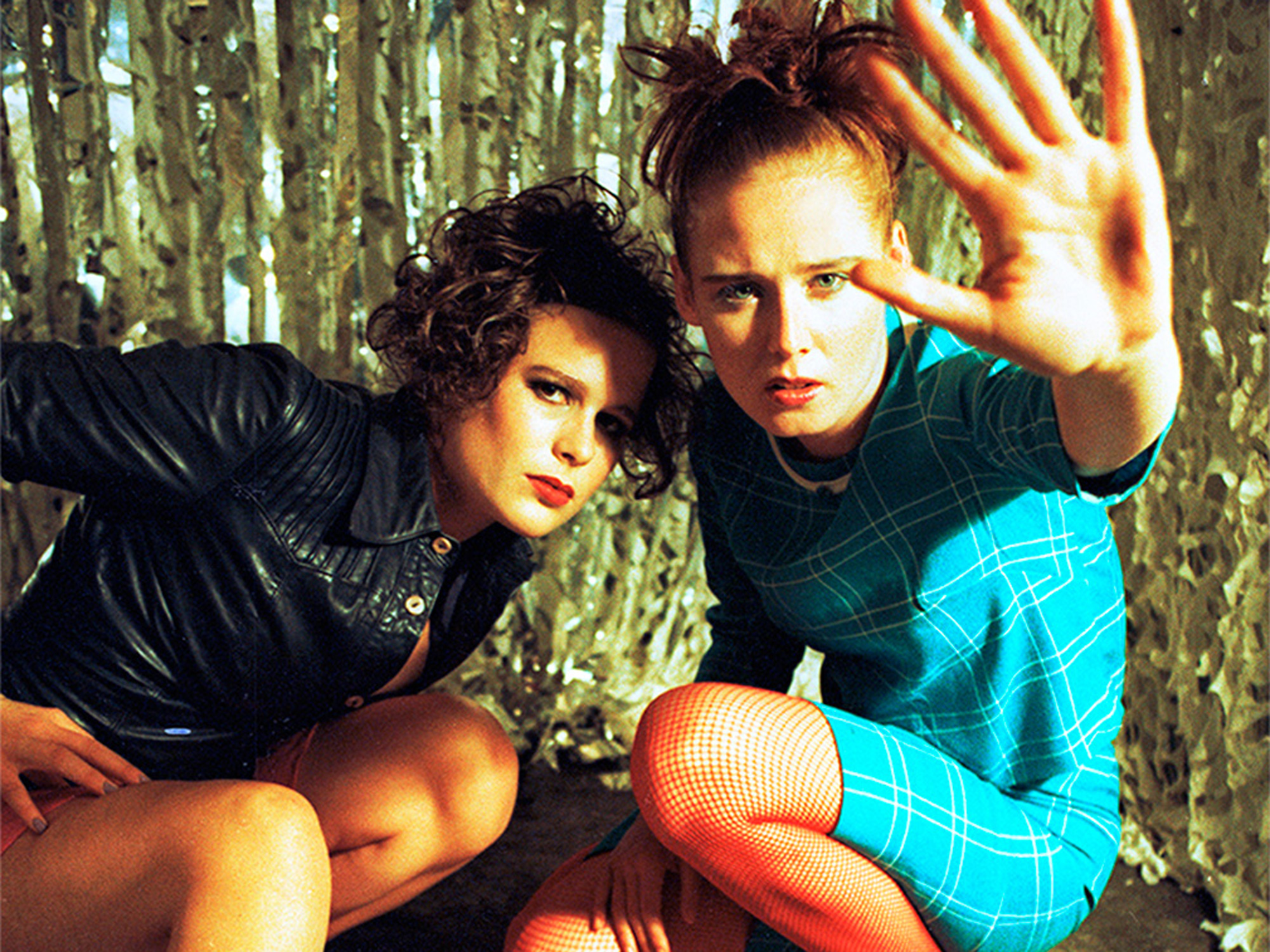"Sheffield, great city of sanctuary" is how one of Jeremy Abraham’s photo subjects, Maya Moudnani, puts it. Jeremy documents a vital thread of Sheffield’s history in Arrivals: Making Sheffield Home, a moving and insightful project that puts the humanity and diversity of the city, and by extension the country, on show. Taking a long view of migration and integration, Jeremy has photographed and interviewed one "arrival" to Sheffield for every year since 1945.
Arrivals starts with Tanya Schmoller coming from Uruguay in 1945 ("I'm the only person in the country to have been at the World Cup final in Montevideo in 1930!"); along the way we meet people like Sandra Potesta who exchanged Rome’s seven hills for those of Sheffield in 1974, and Chilean refugee Isilda Lang who, twelve years after fleeing Pinochet, would find herself working for the Red Cross on the day of the Hillsborough disaster. The portraits speak of first impressions, of great change and of home. The people in the photos came from all over the world – Austria and Australia, Ireland and Iraq, Palestine and Pakistan, Jamaica and Japan. They are therapists, solicitors, activists, artists. Their children were born here. "Much of who I am is the product of this city", says Abdi-Aziz Suleiman. They all share a gratitude for Sheffield’s tolerance and acceptance and many are "proud of being a Sheffielder".
These kinds of phrases that accompany the images remind me of my own feelings for my adopted city, even though I only came from down the road in Nottingham in 2000, and I am conscious as I read these stories of how lucky I am – I was probably sat watching the Goonies and eating ice cream when Aroose Uppal arrived in 1987; after fleeing Idi Amin and spending 15 years as a refugee she had finally reached a place she didn't want to leave. I was graduating, casually optimistic, in 2003 whilst Souleymane Bah, having escaped political persecution in Guinea, waited by the bamboo in the Winter Garden for news of whether he was allowed to stay. These are our neighbours, and whilst their stories are often ones we can’t imagine, more like them are happening every day. "Let's hope for a brighter future ahead", says Angga Kara.
Though he is relatively new to professional photography, the power and poignancy of Arrivals has already earned Jeremy a major exhibition at Weston Park Museum and he has now turned the project into a book. We asked Jeremy to tell us more about himself.
What inspires you?
I’ve only been a professional photographer for two years, even though it’s something I have always wanted to do. I didn’t have the opportunity to switch careers as my children were growing up, but just as they finished university I was made redundant. At nearly 60 I took the chance to do a foundation degree in photography at Sheffield College. So here I am allegedly a few years from retirement age with a new and creative career. That’s more than enough to inspire me very day! I think all artists are inspired by other art forms or artists and I’m no exception. I do theatre photography, a choice I made whilst I was a student, as I love going to the theatre. It gives me great satisfaction to create images that capture the visceral response the audience had whilst watching the production.
What's your workspace like?
My workspace is wherever I take the pictures, which for Arrivals has been all over Sheffield, from Forge Dam to Fir Vale and from Attercliffe to Abbeydale Road. I’ve photographed on the roof of the university's Arts Tower and had Sheffield City Hall to myself and my subject for two hours, likewise with Firth Hall. Theatre photography also takes me to some great spaces. Two particularly stunning theatres I have worked in are the Royal Shakespeare Theatre in Stratford-upon-Avon and the opera house in the Millennium Centre in Cardiff. Also I go to Edinburgh for the Festival every year, which is incredibly hard work, running round the city all day from one photo-call to another with a heavy camera bag, but great fun. I can’t act, I can't dance and I can’t sing, but I do love going in via the stage door to work as a photographer!
What do you love about Sheffield?
I love the fact that lots of the migrants I have photographed have spoken so positively of the warmth of the reception they have received here. It’s a cliche that people make places, but it’s true. I photographed a refugee from the Democratic Republic of the Congo, Pierre Ngunda Kabaya. I asked whether there was somewhere special in Sheffield where I should take his picture. He replied, "no, it's all beautiful." I thought, yeah, Sheffield’s great, but all beautiful? I asked if he was sure. He said, "really, it's all beautiful", and got out his phone to show me a picture of the refugee camp he lived in for seven years – "believe me", he said, "it’s all beautiful".
What would you do to improve the city?
I’d put cycle lanes on all the main roads, proper ones, separated from the traffic. And photographing all over the city has made me even more aware of the ridiculous inequality that exists here, like everywhere these days I guess, and if I had the power I would certainly want to do something about that.
- Words by
- Nat Loftus











